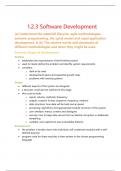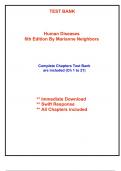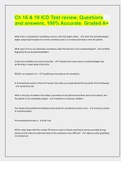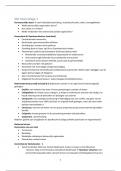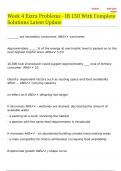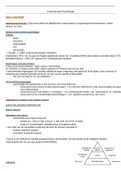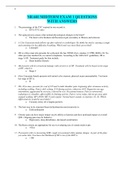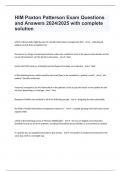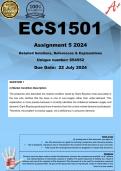Summary
Summary A Level Computer Science revision notes - 1.2.3 Software Development
- Module
- Content of Computer Systems
- Institution
- OCR
Revision notes for 1.2.3 Software Development from topic 1.2: Software and software development. Included in OCR A Level Computer Science Paper 1. These notes were originally written in Markdown language and converted to a pdf.
[Show more]
